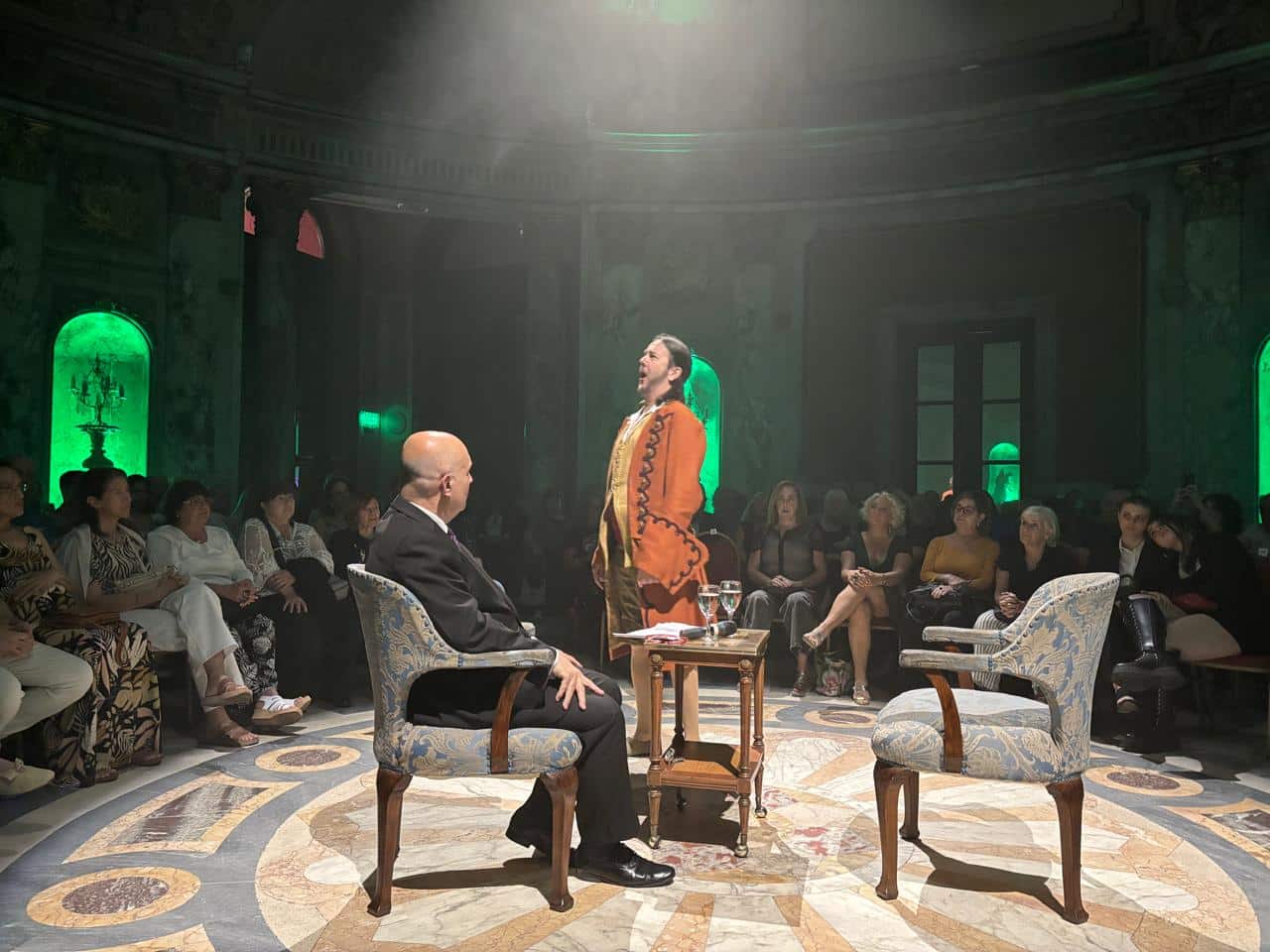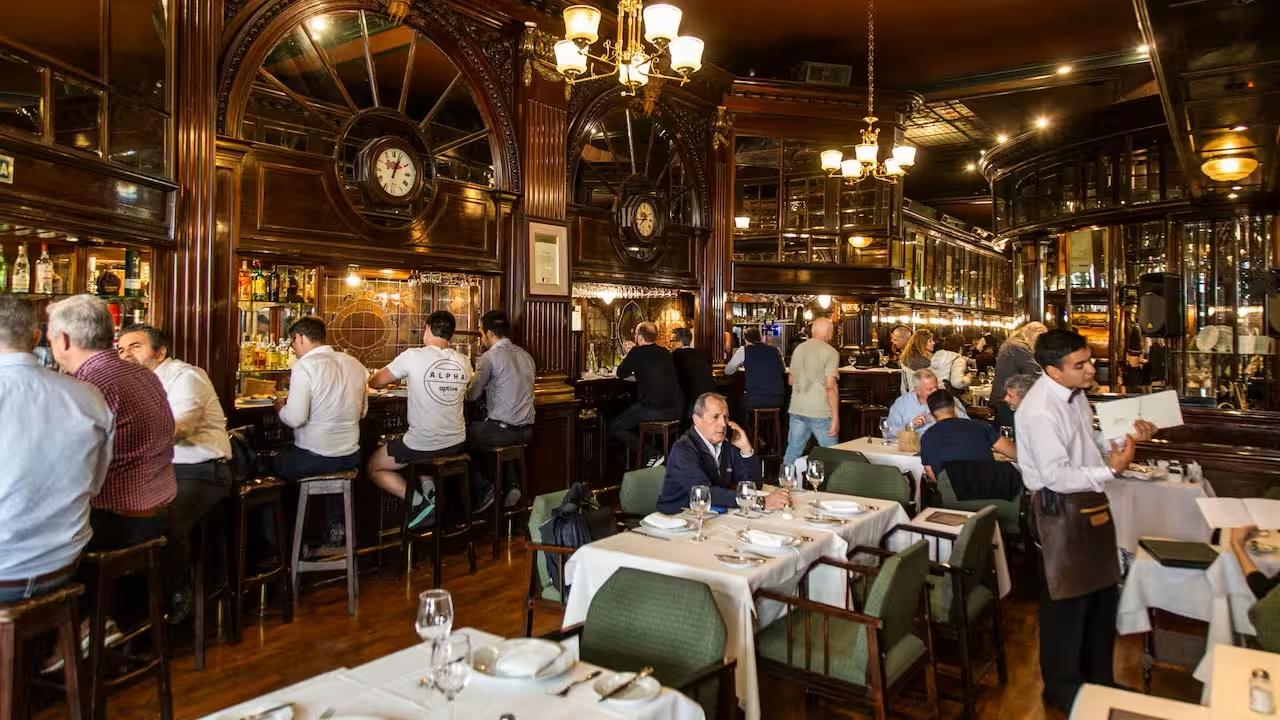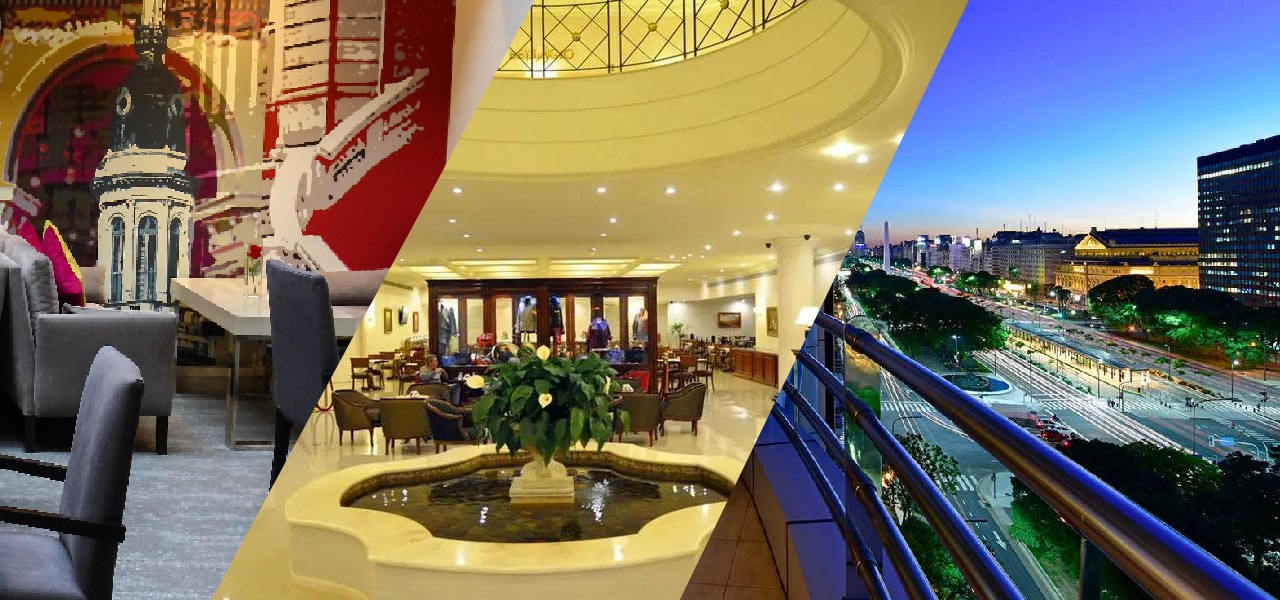A Lyrical Show in Buenos Aires
Many international travelers come to Argentina, captivated by local rhythms—especially tango. Tango is the musical symbol of Buenos Aires. However, the city also has a deep appreciation for opera and classical music.
In Buenos Aires, you can find top-level lyrical artists. The Teatro Colón, one of the most famous opera houses in the world, has earned international recognition for decades. It hosts both national and international performers and offers guided tours of its magnificent venue.
But there’s more to discover. Some artists from Teatro Colón perform in a unique show at Palacio Paz. This magical venue is located across from Plaza San Martín, just steps from Florida Street.
In this elegant setting, musicians wear stunning period costumes, including capes and Venetian masks. The show also includes audience interaction, creating a high-quality cultural experience. But before diving into the performance, let’s take a closer look at Palacio Paz.
The Palacio Paz
The Palacio Paz (also known as Palacio Paz-Díaz) was the largest and one of the most luxurious residences in Buenos Aires. It was built by Don José C. Paz and reflects the Beaux-Arts architectural style from the early 20th century.
The building was inspired by the Parisian School of Fine Arts and is located at Avenida Santa Fe 750, facing Plaza San Martín. Since 1938, it has been home to the Military Circle.
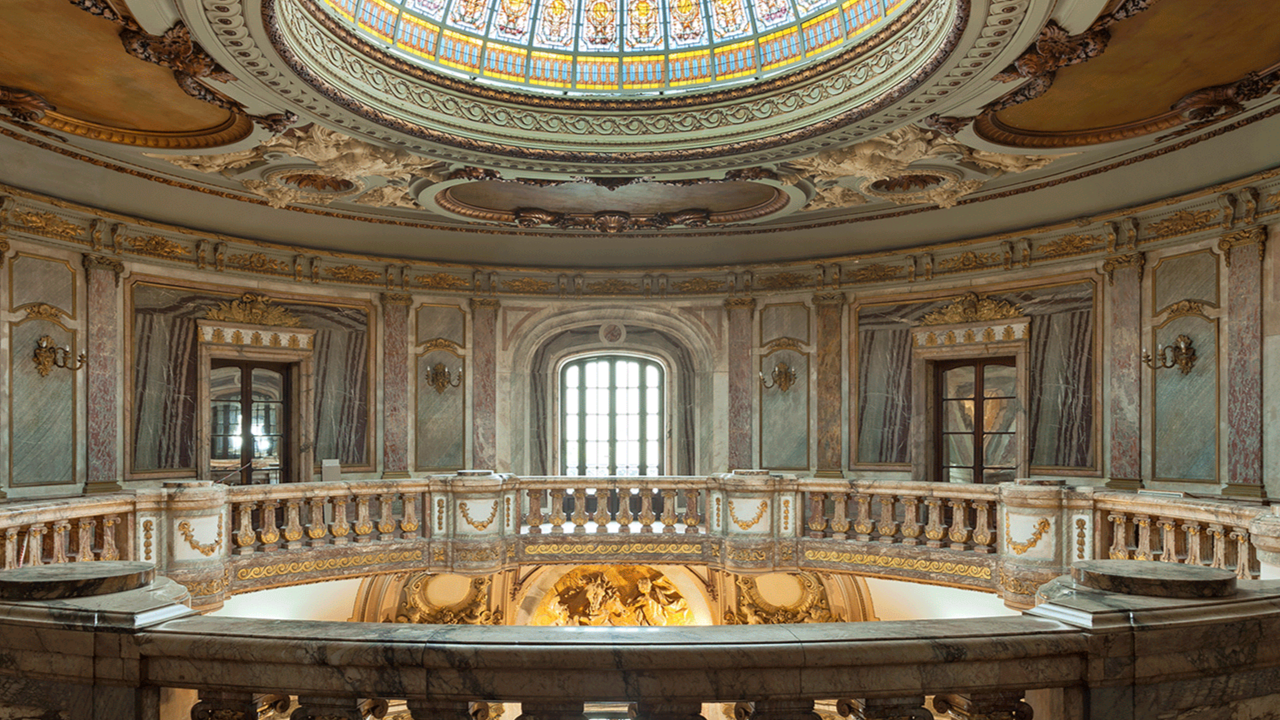
A Bit of History
José C. Paz founded the La Prensa newspaper and served as Argentina’s ambassador to Paris from 1885 to 1893. He was an influential figure in the “Generation of 1880,” which led the country at the end of the 19th century.
In 1900, he returned to Europe as ambassador and lived in Paris for many years. He helped build Argentina’s reputation in France, especially during the 1889 Universal Exposition in Paris, where the country presented an impressive pavilion next to the Eiffel Tower.
Inspired by French elegance and architecture, Paz commissioned French architect Louis-Marie Henri Sortais to design a mansion in Buenos Aires. The house would cover 12,000 square meters, include 140 rooms, and feature modern amenities and a winter garden.
Paz never saw the project completed. He died in 1912, and Sortais passed away in 1911. Argentine architect Carlos Agote took over the construction, which lasted from 1902 to 1914. The residence was eventually occupied by Paz’s wife and children.
The Setting
The mansion sits across from Plaza San Martín, a historical part of the city. Once called Plaza de Toros del Retiro due to bullfights held there, it was renamed in 1862. Notable buildings around the plaza include:
-
The former National Museum of Fine Arts
-
The Plaza Hotel
-
Residences of important families
Inside the residence, you’ll find beautifully decorated spaces such as:
-
The Grand Dining Room of Honor
-
The Grand Hall of Honor
-
The Ballroom
-
The Music Room
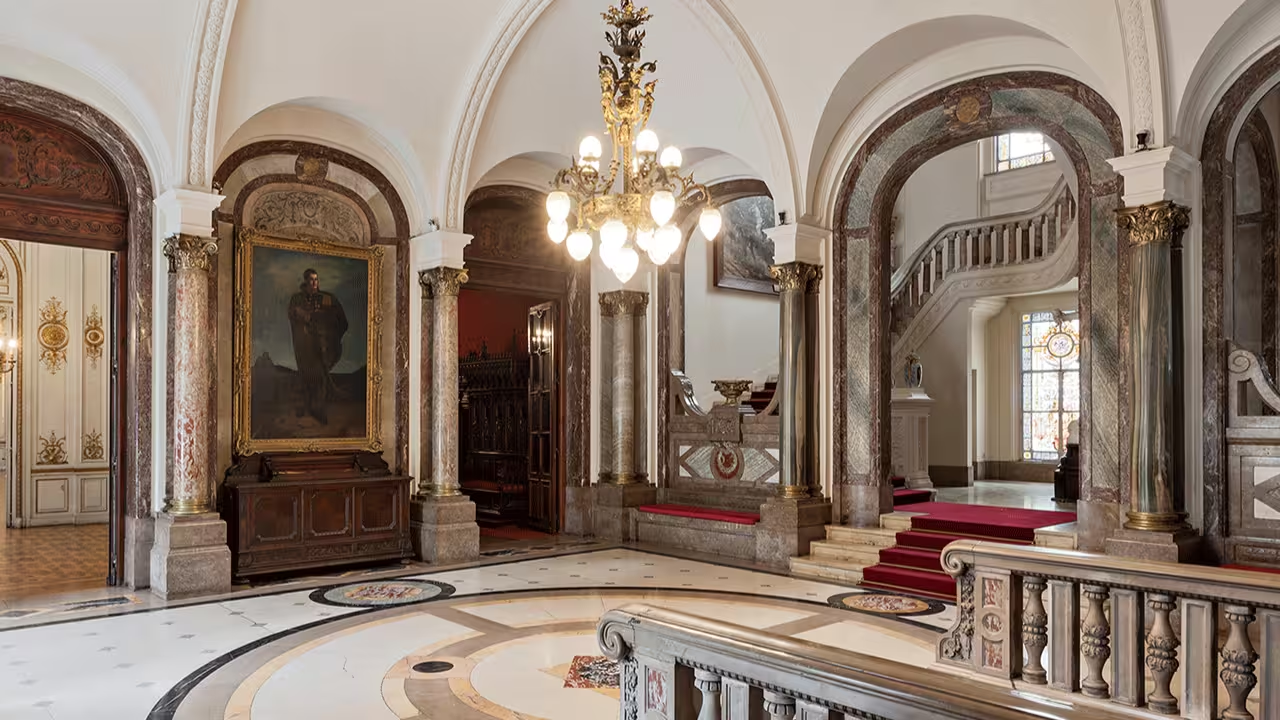
The property was sold in 1938 due to financial issues caused by the Great Depression. It was acquired by the national government and now houses:
-
The Military Circle
-
The National Military Library
-
The National Arms Museum
To accommodate these institutions, the original garages on Esmeralda Street were replaced by a five-story sports section.
The Lyrical Experience
Upon arrival, Palacio Paz welcomes you in all its splendor. The rooms are beautifully lit and decorated with period details. A welcome drink is included, and you’ll have time to explore:
-
Elegant rooms
-
An exterior balcony
-
A courtyard café
A Unique Show
The show includes:
-
Live piano music
-
Impressive costumes
-
Argentina’s best lyrical voices
-
A format that engages the audience
Each performance is slightly different depending on the date. You’ll enjoy a variety of musical pieces performed by 2 to 20 artists, all in beautifully themed costumes.
This immersive show is perfect for all audiences, not just opera lovers. Contact us to find out the performance schedule during your visit.
For more information, reach us at info@ripioturismo.com.

